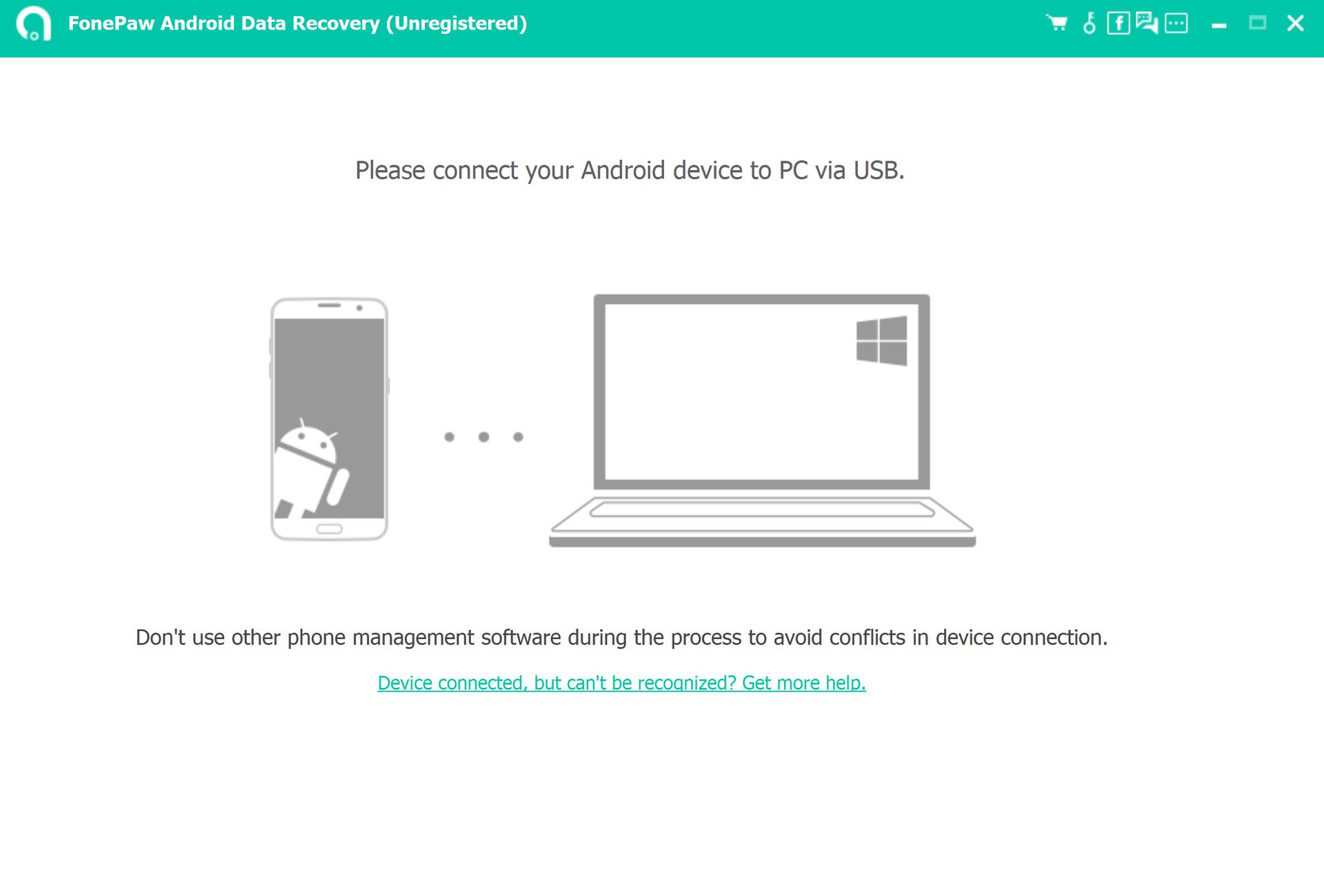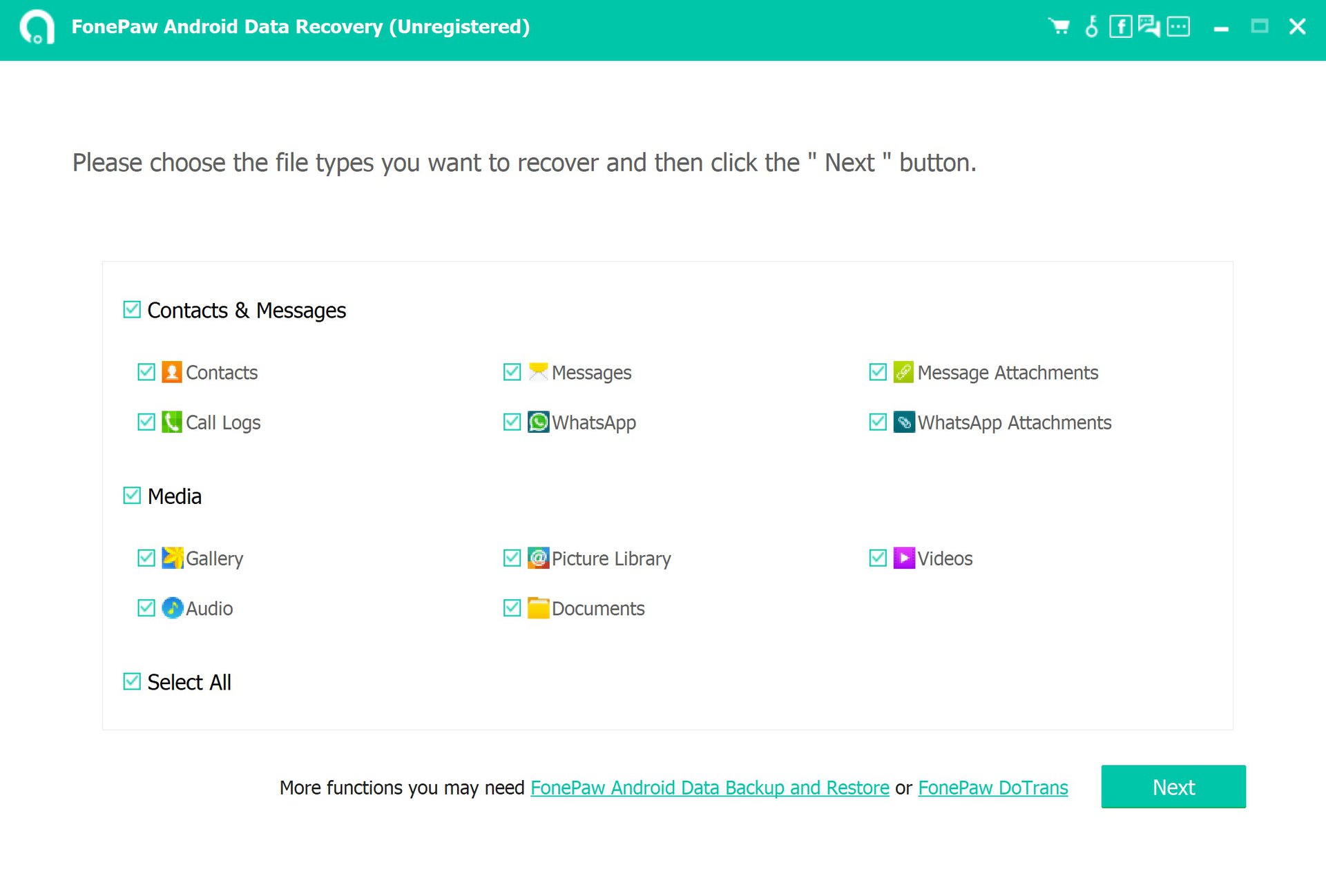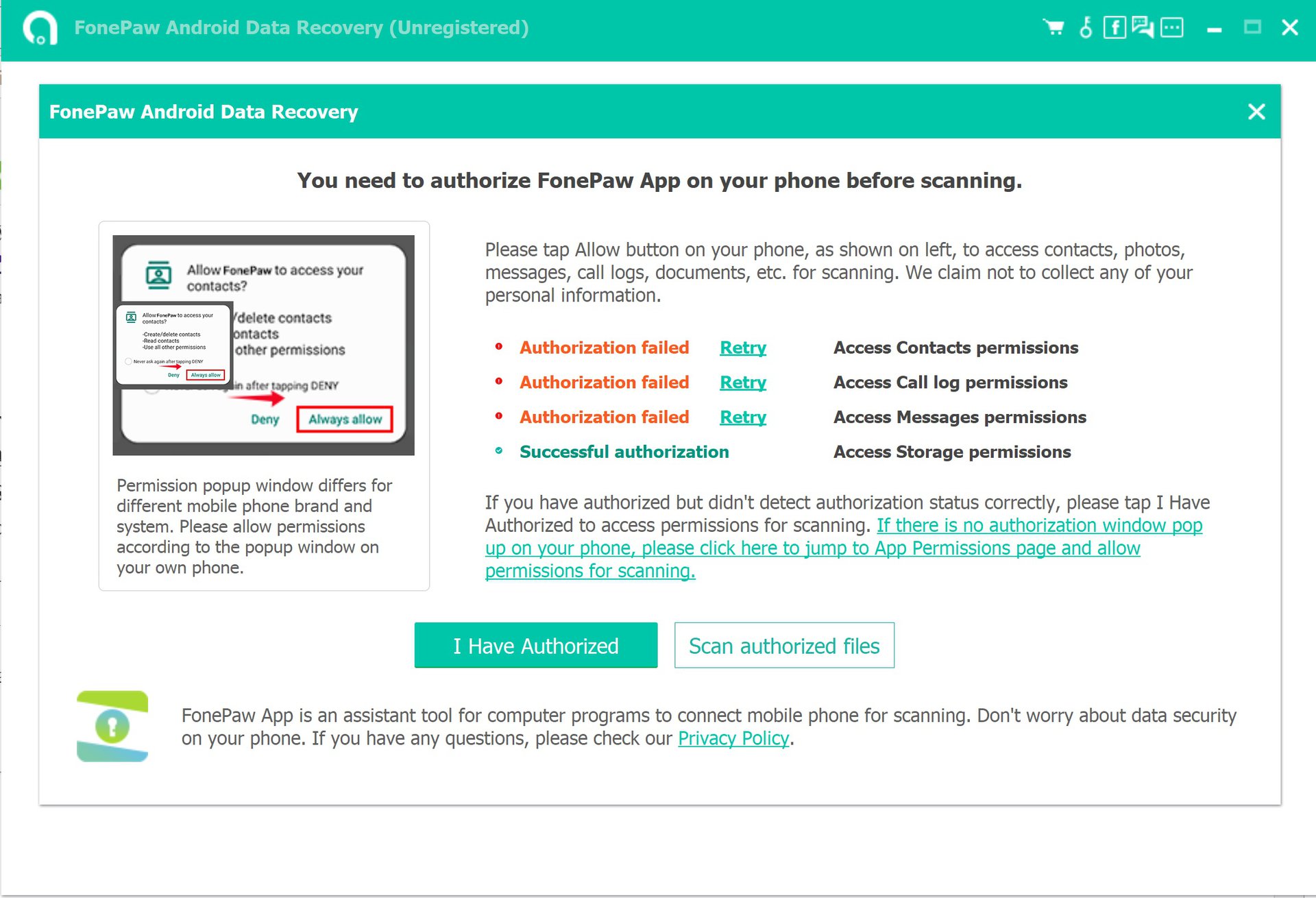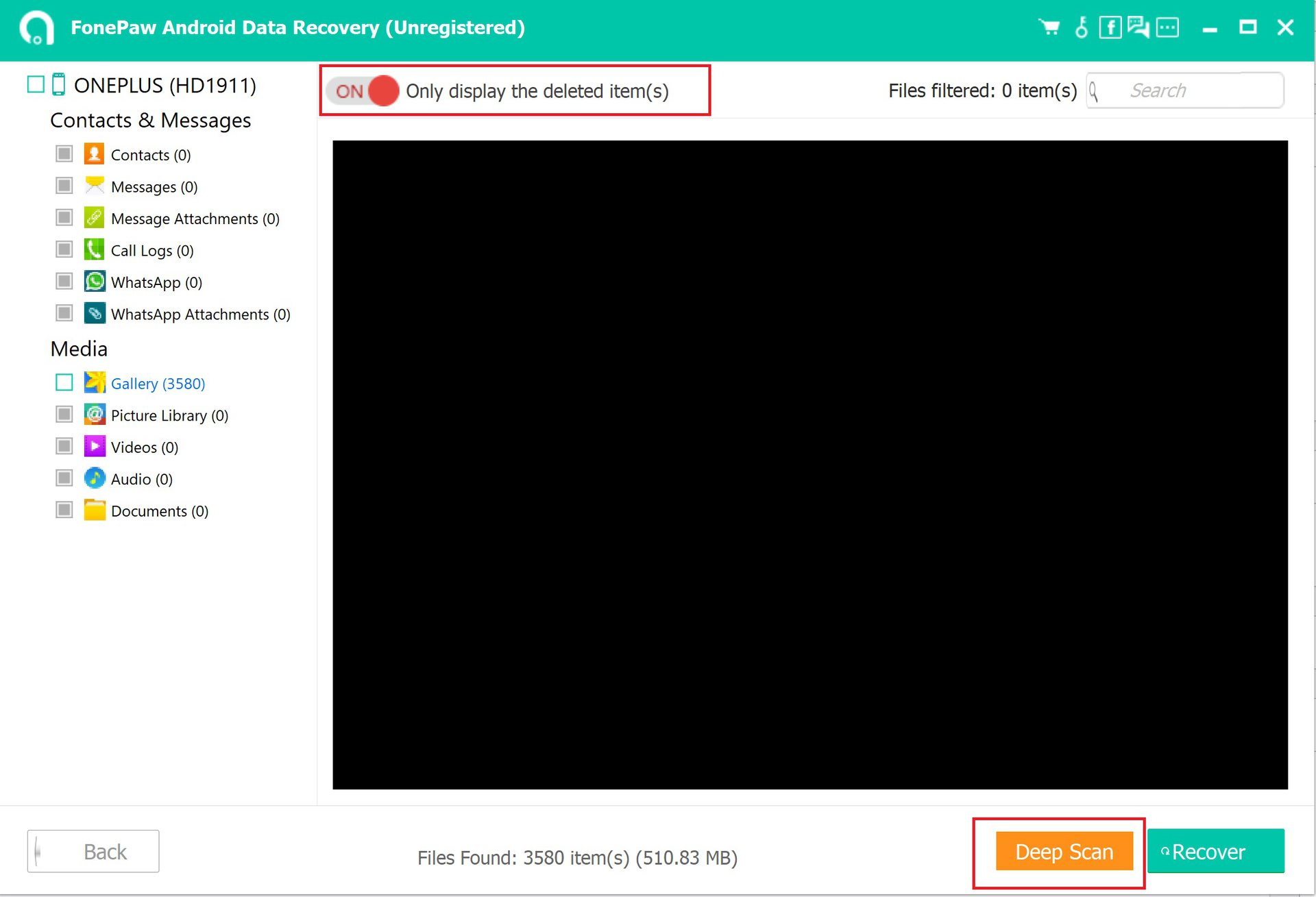Affiliate links on Android Authority may earn us a commission. Learn more.
How to find and recover deleted photos on Android
Our smartphone cameras have made everyday photography a breeze, with most requiring nothing more than a point-and-tap to capture important moments. Unsurprisingly, most people have packed gallery apps with pictures of friends, family, pets, food, vacations, and so much more. It can be horrifying to lose these photos because of accidental deletion, device errors, bugs, and glitches. Here’s how to find and recover deleted photos on Android.
QUICK ANSWER
To find and recover deleted photos on your Android phone, you can check your cloud storage backup app, like Google Photos, to see if you can still save the picture. If you've accidentally deleted photos from an SD card or Android internal storage, you will have to rely on recovery tools and services.
JUMP TO KEY SECTIONS
Recover deleted photos from the cloud
Cloud storage backups are an excellent feature in a world where most of our data is now digital. As long as you remember to back up your files and photos, finding and restoring lost or accidentally deleted pictures should be quick and easy. We’ll use Google Photos as an example, but you can use plenty of excellent photo cloud storage apps with recovery steps that should be similar.
If your primary gallery app is Google Photos, it will create folders for photos from every app, like WhatsApp, Facebook, and more. So even if you accidentally delete a picture on another app, you might still find it in Photos. Open the app and look for the app folder. If the image is missing, check the Bin. Google will save backed-up photos for 60 days and those not backed up for 30 days. Go to the Library tab and tap Bin to find recently deleted photos.
An image deletion might take a few minutes to sync and reflect in the app. If you can’t find a deleted photo in the Google Photos app, try going to photos.google.com to see if the image is still available. You can also check the Bin section in the left-hand menu.
Using Google Photos to recover deleted images depends on whether you have enabled cloud backup on your Android phone. It’s not too late to do so if you haven’t already, but you’ll have to use one of the other options on this list to find files that aren’t backed up.
To ensure your photos are backed up and linked to your Google account, open the Google Photos app and tap on your profile icon at the top right corner. Go to Phone settings > Backup and toggle on Backup. Scroll down to Back up device folders to select the folders you want to save to the cloud. If you don’t have a Google One subscription, the 15GB of free storage may not be enough to keep photos at their original quality. In this case, tap Backup quality and select Storage saver.
How to recover deleted photos from your SD card or Android internal storage
If you don’t have a cloud backup, the most important thing to remember is to immediately stop using your phone to have a chance of recovering deleted files and photos. In simple terms, the data isn’t entirely lost when you delete a photo from your SD card or Android internal storage. Instead, Android marks the space and makes it available to write over if a new file needs storage.
The file or photo cannot be recovered once this “empty” space is written over. That’s why it’s best to put the phone in Airplane Mode to stop it from downloading new data. And make sure you don’t take new photos or install new apps while looking to recover a photo.
You will have to rely on third-party Android data recovery apps to find lost photos if you don’t have a cloud backup. These apps work by looking at the “empty” space to recover deleted files. The best options are those with a Windows or Mac app, so you can plug in your phone without using it.
How to use an Android Recovery app to find deleted photos

Download the FonePaw app and install it. You will be asked to plug in your Android phone and enable USB debugging. On the phone, go to Settings > About phone and tap the Build number multiple times until a pop-up message says You are now a developer. Then go to Settings > System > Developer options and toggle on USB debugging. Don’t forget to tap Allow when the phone asks to enable debugging. If you miss the pop-up, unplug your phone and connect it again.

In the FonePaw app, you can choose the type of files you want to recover — select Gallery and Picture library for photos. Click Next. But you can use the app to recover contacts, messages, audio, video, and documents.

You will get an authorization (permissions) request on your phone to allow FonePaw to find and recover deleted files. If you’re looking for photos, you can opt only to authorize access to the phone’s storage. Click Scan authorized files. “I have authorized” will give the app access to all permissions.

Wait for the app to complete its scan. Select the files you want to recover, and click Recover to restore them. Use the toggle at the top to choose Only display deleted items to find your missing files. If you still can’t find them, FonePaw has a Deep scan option. But you can only use it if you have a rooted phone.
FAQs
Yes, a factory reset will erase everything on your Android phone. You will lose all files, photos, and other data that isn’t backed up to the cloud.
The only way to recover deleted photos on Android is if you have a cloud backup set up. You can then restore your images, files, and other data from the cloud.